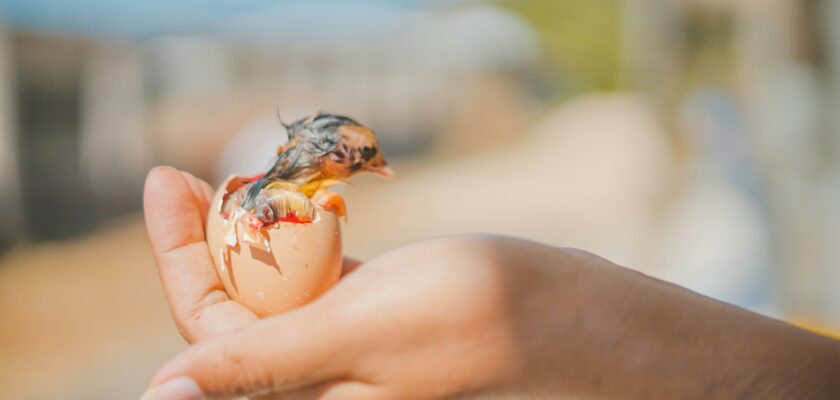Introduction: The Magic Inside an Egg
The process of a chicken egg hatching is one of nature’s most fascinating transformations. Over the course of 21 days, a tiny embryo inside a fertilized egg turns into a chirping chick ready to take its first breath. Understanding these stages is essential for anyone in poultry farming, science education, or backyard chicken keeping.
Whether you’re curious or actively incubating eggs, this guide offers a detailed, day-by-day breakdown with the right dose of science, intrigue, and practical tips.
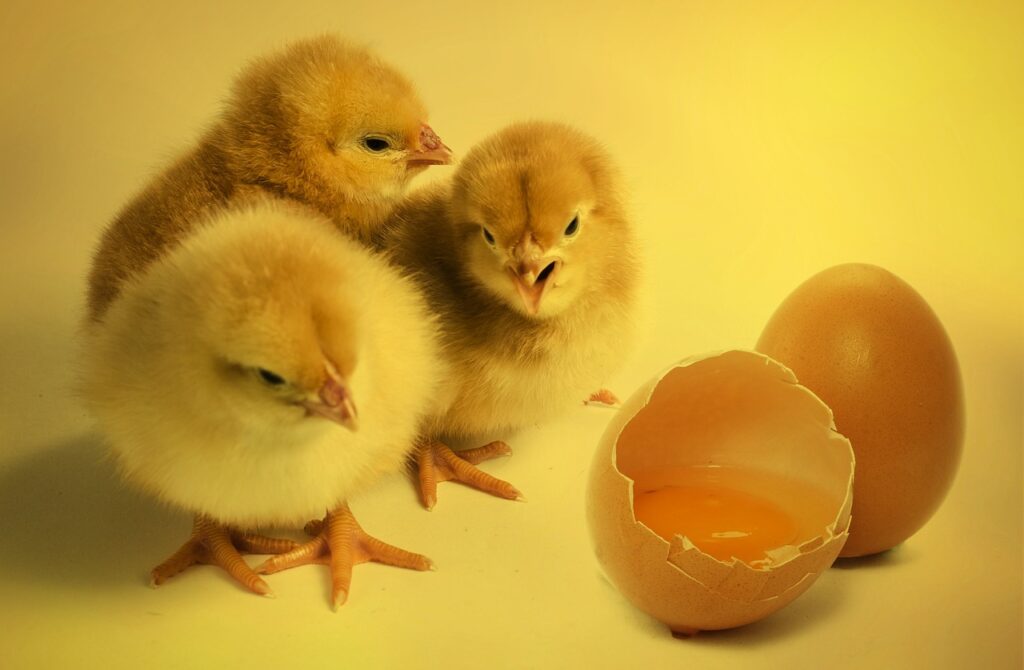
Understanding the Egg Structure
Before diving into the stages of development, it’s vital to grasp the internal structure of the egg. Each component plays a role in the chick’s formation.
Components Critical for Embryo Development
- Shell: Made primarily of calcium carbonate, it protects and allows air exchange.
- Shell membrane: Two thin layers just beneath the shell that prevent bacterial invasion.
- Albumen (egg white): Cushions the embryo and provides water and protein.
- Yolk: Contains nutrients essential for growth.
- Chalaza: Twisted strands that keep the yolk centered.
- Germinal disc: Where fertilization and embryo development begin.
Conditions Required for Successful Incubation
For a fertilized egg to develop into a chick, it needs the right environmental conditions—similar to what a mother hen naturally provides.
Temperature, Humidity, and Ventilation
- Temperature: Must be kept at ~99.5°F (37.5°C) consistently.
- Humidity: 40-50% for the first 18 days, increasing to 65-70% during the final days.
- Ventilation: Eggs require fresh air to allow for gas exchange—oxygen in, CO₂ out.
Day-by-Day Breakdown of Chicken Egg Development
Day 1–3: Cellular Division and Formation Begins
- Cell multiplication starts just hours after incubation begins.
- Head, eyes, and blood vessels start forming.
- By Day 3, the heartbeat begins—a miraculous milestone!
Day 4–6: Vital Organ Development Starts
- Limbs start to emerge.
- Eyes become visibly pigmented.
- Amniotic sac forms to cushion the developing chick.
Day 7–10: Embryo Movement and Rapid Growth
- The embryo grows noticeably larger.
- Beak and feather follicles start forming.
- Movement is visible when candling the eggs.
Day 11–14: Feathering and Skeletal Progress
- Down feathers develop.
- Beak begins to harden.
- Claws form; the chick can now open and close its beak.
Day 15–18: Pre-Hatching Preparations
- Chick occupies most of the space inside the egg.
- Intestines retract into the body.
- Egg turning should stop on Day 18 to allow positioning.
Day 19–20: Positioning for Hatch
- The chick positions itself with its beak facing the air cell.
- Starts breathing through lungs.
- Begins tapping the shell—called “internal pip.”
Day 21: The Great Hatch
- The chick cracks the shell open—“external pip.”
- Takes hours to fully emerge.
- Once hatched, it rests and dries off before becoming fluffy.
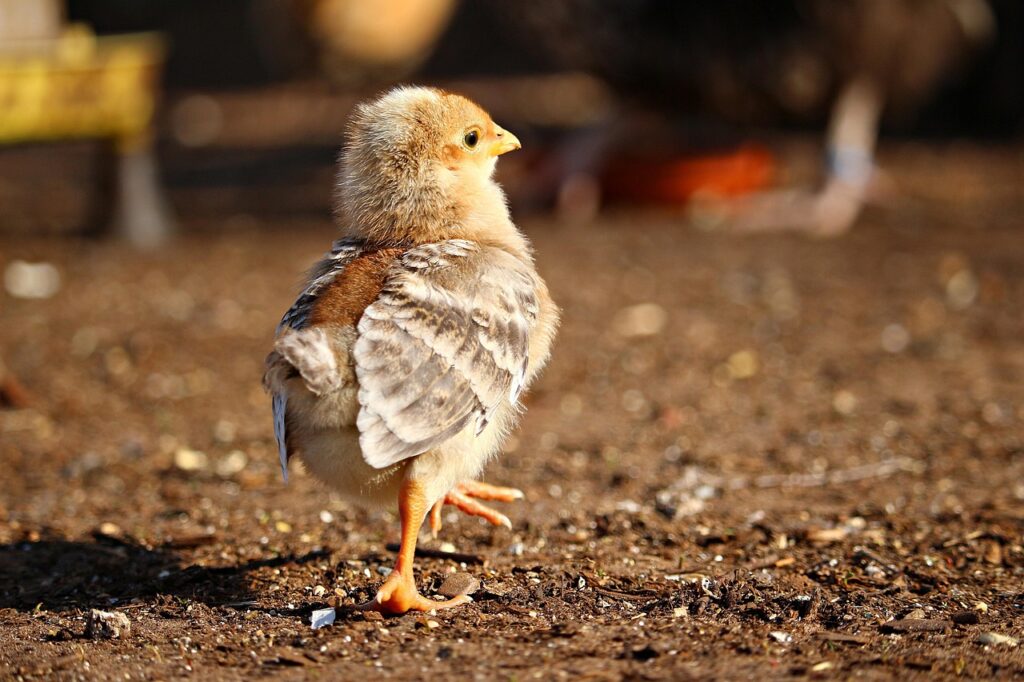
Signs of Healthy Development vs. Issues
Candling Techniques for Monitoring
Candling is shining a light through the egg to observe development.
Healthy signs:
- Clear vein network by Day 7.
- Movement and darkened mass by Day 14.
Issues:
- Blood rings (early embryo death)
- No growth past Day 10 could indicate failed development.
The Importance of Turning Eggs
Turning eggs (manually or via an automatic incubator) prevents the embryo from sticking to the shell and promotes even nutrient distribution. Turn 3-5 times daily—stop after Day 18.
How Long Does It Take for a Chicken Egg to Hatch?
The standard incubation period is 21 days. However, slight variations occur based on:
- Breed
- Incubator conditions
- Egg health and shell thickness
Early hatches (~Day 20) or late hatches (~Day 22) are not uncommon.
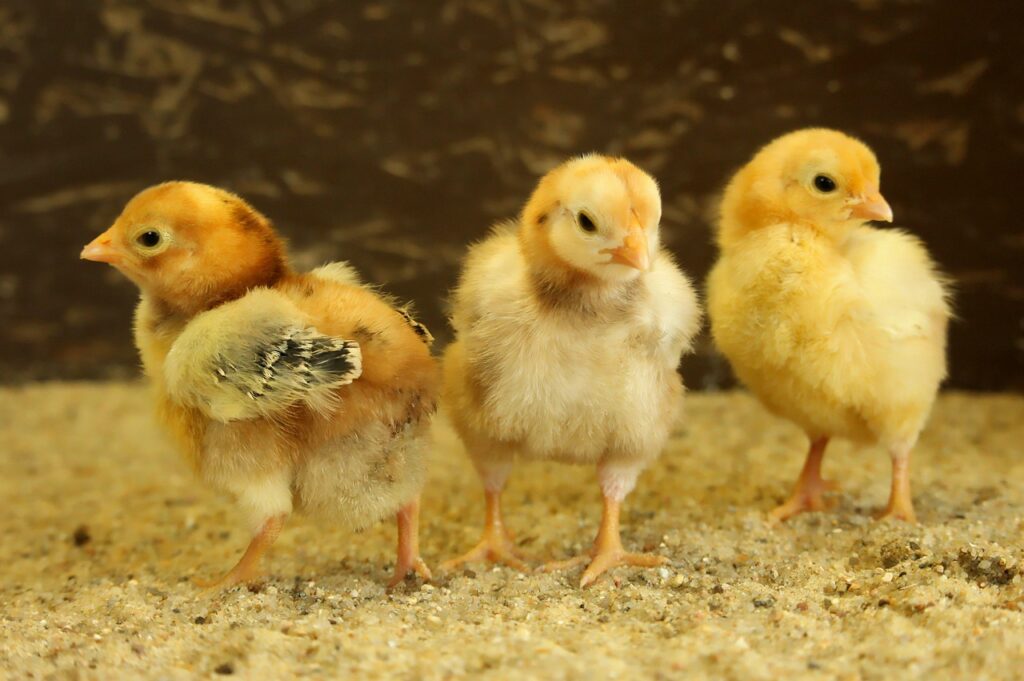
External Factors That Impact Hatching Success
- Power outages
- Fluctuating humidity
- Contaminated incubator
- Genetic abnormalities
- Improper handling
Maintaining a clean, stable incubator environment is crucial to a successful hatch.
FAQs About Chicken Egg Hatching
1. Can I hatch store-bought eggs?
No—store eggs are not fertilized. You need fertilized eggs from hens that mated with roosters.
2. Do all fertilized eggs hatch?
Not always. Average hatch rates range from 70-85% under good conditions.
3. What happens if humidity is too low?
Chicks may stick to the shell and not hatch successfully (shrink-wrapping effect).
4. When should I help a chick hatch?
Only as a last resort. If 24+ hours pass after external pip and no progress, consult expert guides.
5. Why is turning eggs so important?
It ensures even development and prevents deformities or improper growth.
6. Can you hatch eggs without an incubator?
Yes, but it requires a broody hen and stable environmental conditions.
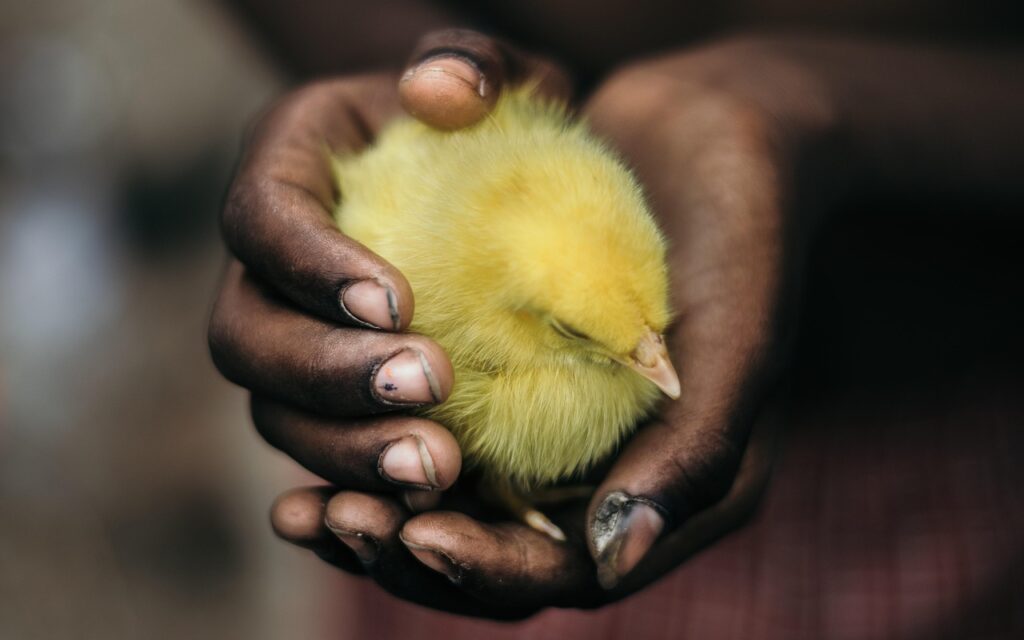
Image by Aamir Mohd Khan from Pixabay
Conclusion: From Shell to Chick – A Marvel of Nature
The journey of a chick from a fertilized egg to hatching in just 21 days is a remarkable example of biological precision. With the right conditions, monitoring, and a bit of patience, you can witness one of nature’s most awe-inspiring processes unfold before your eyes.
